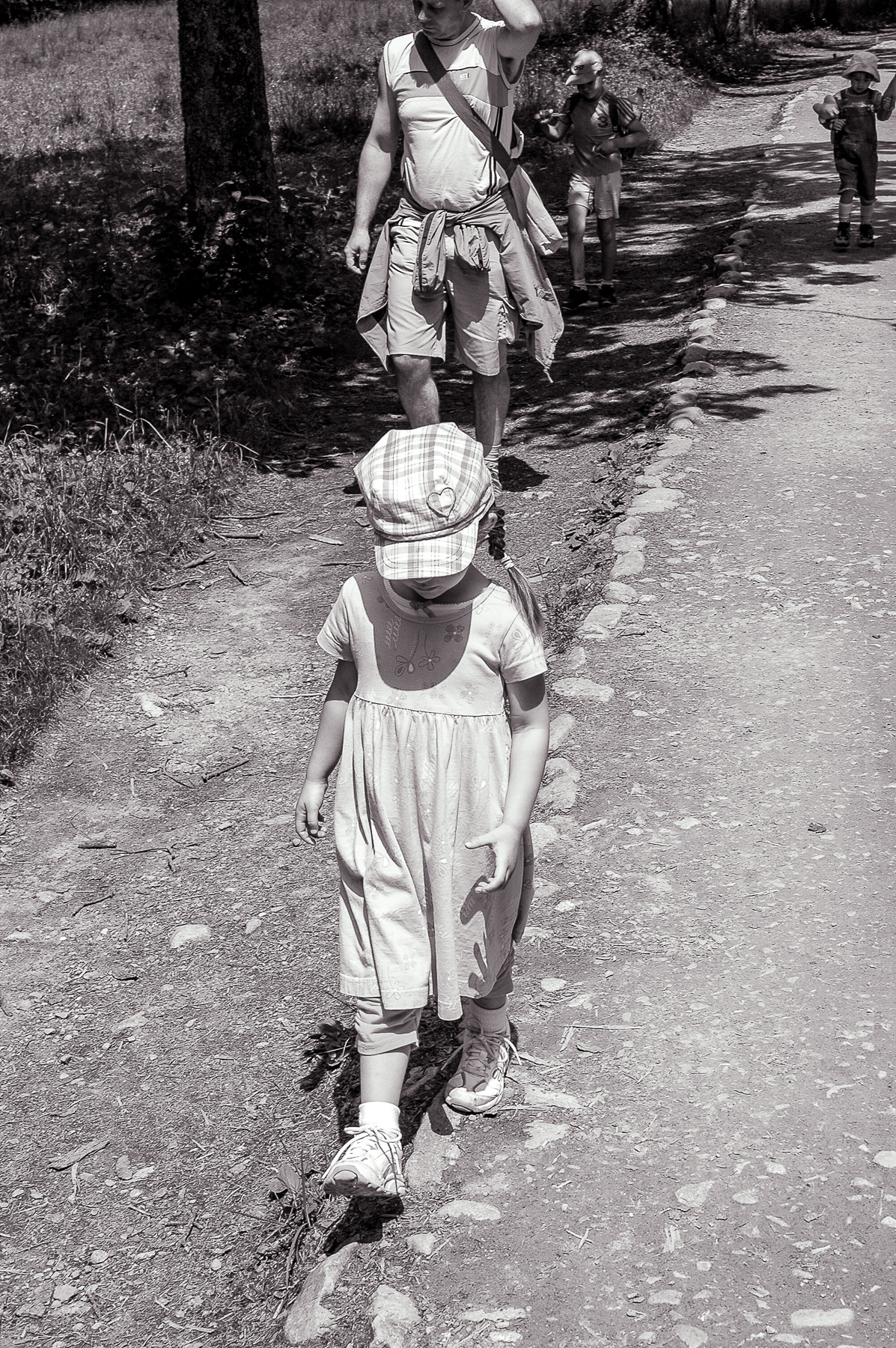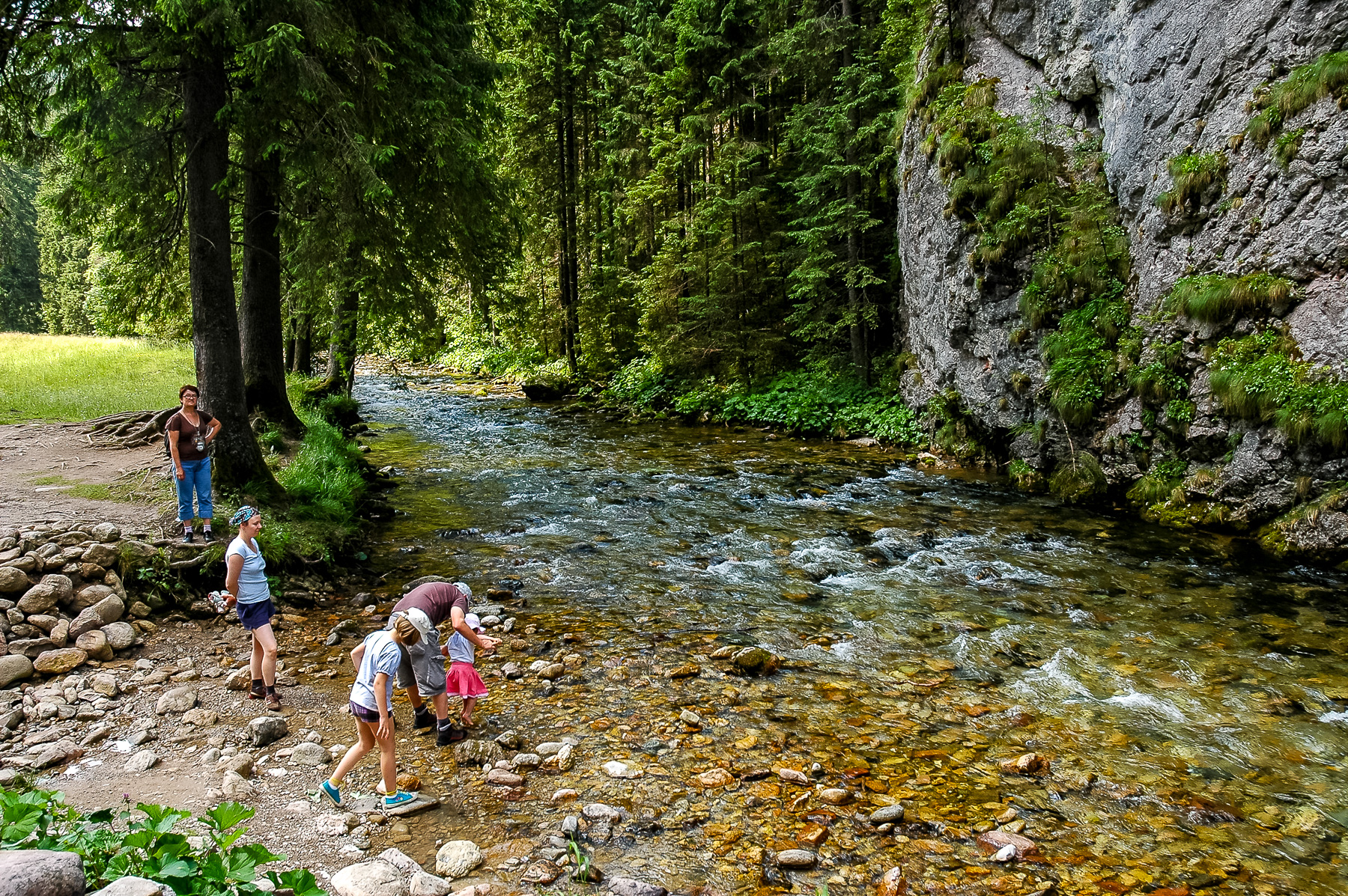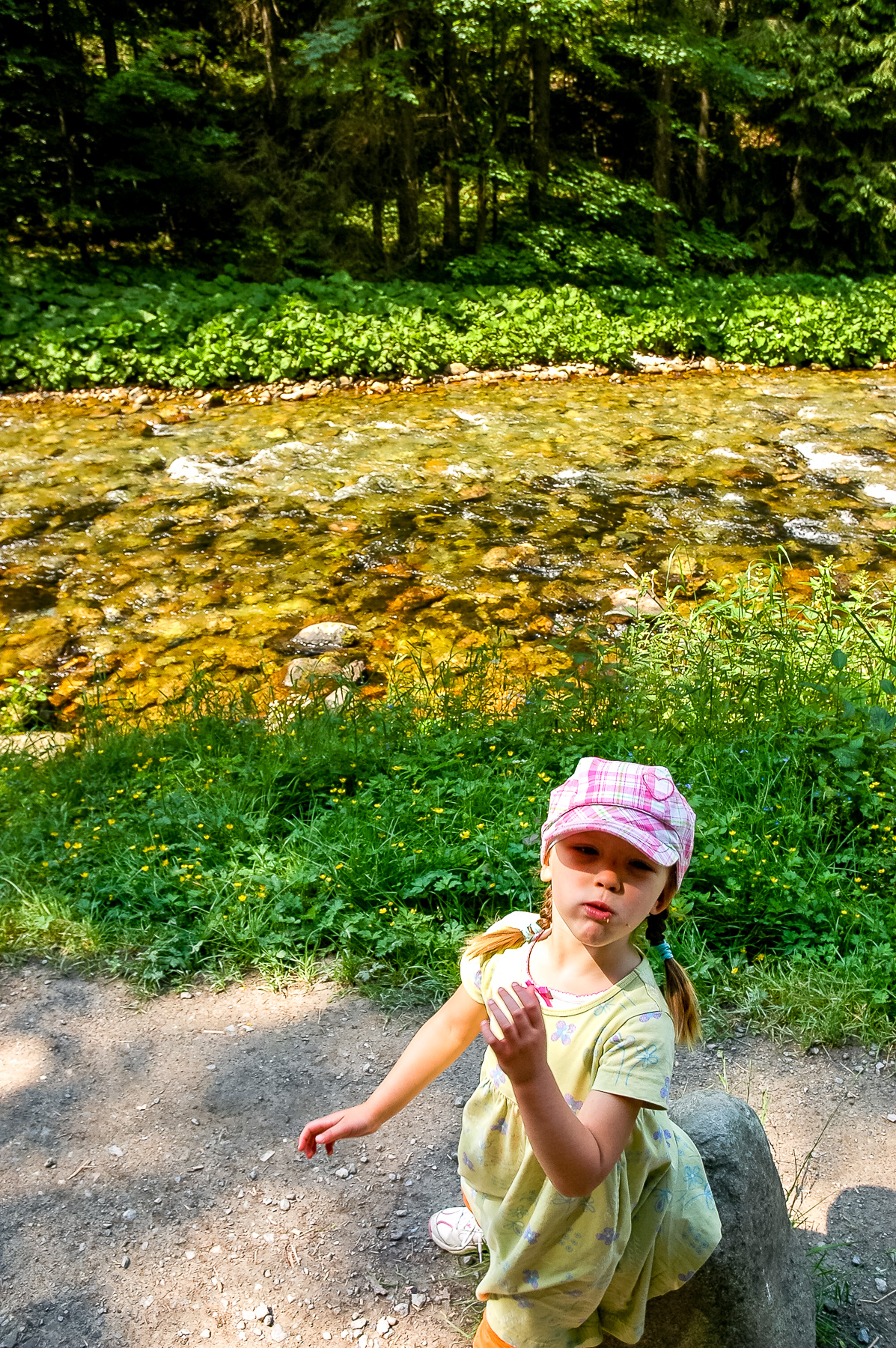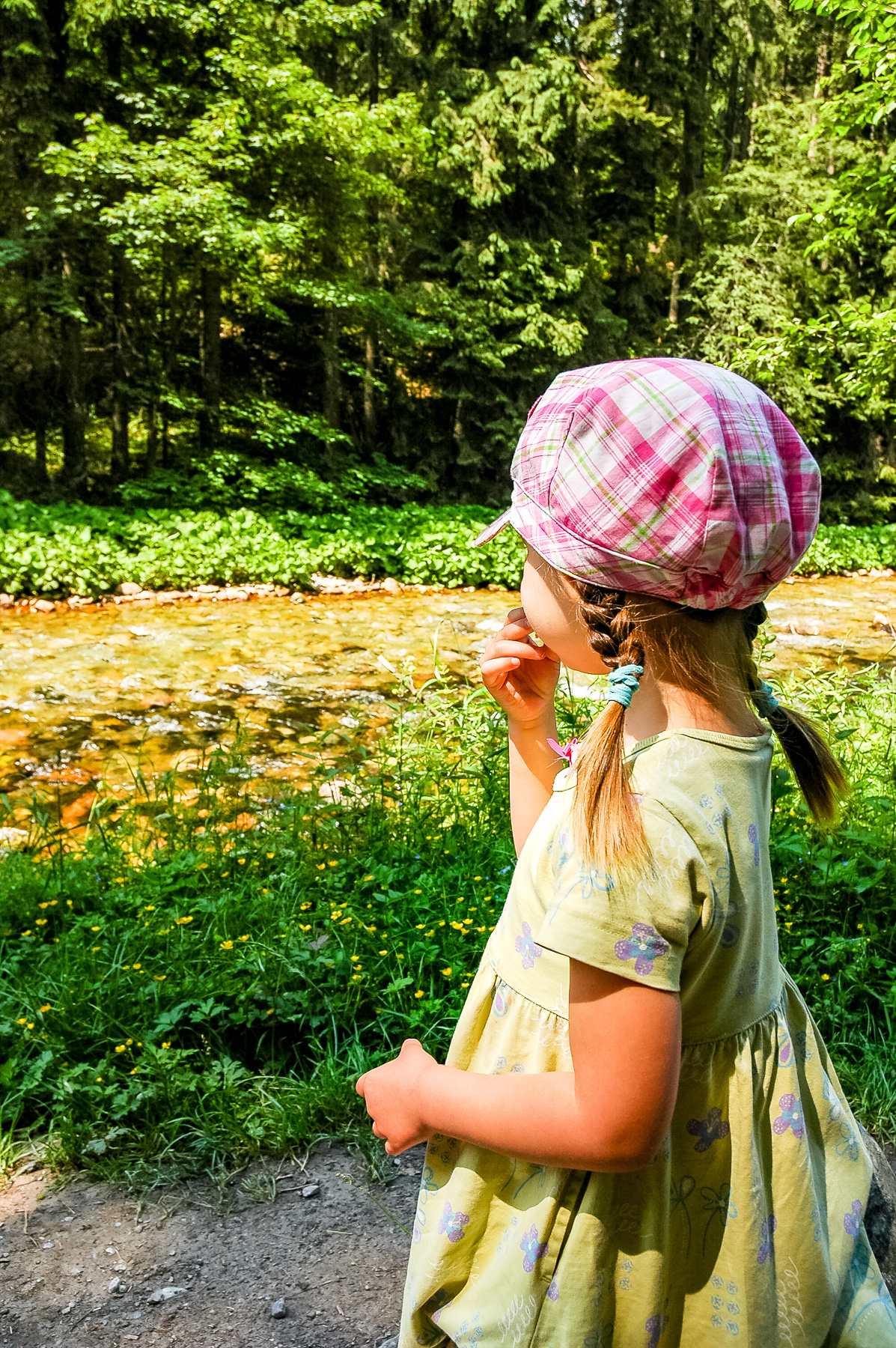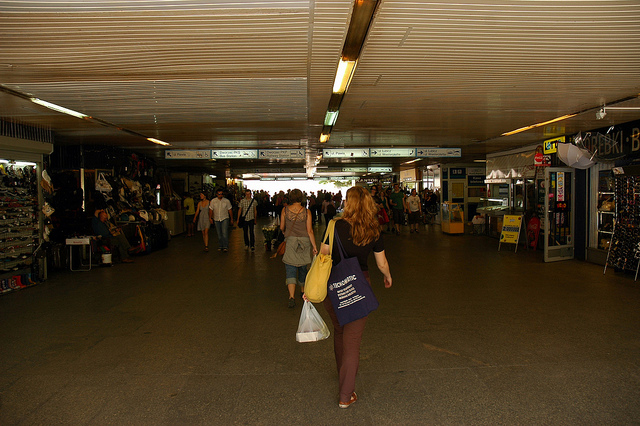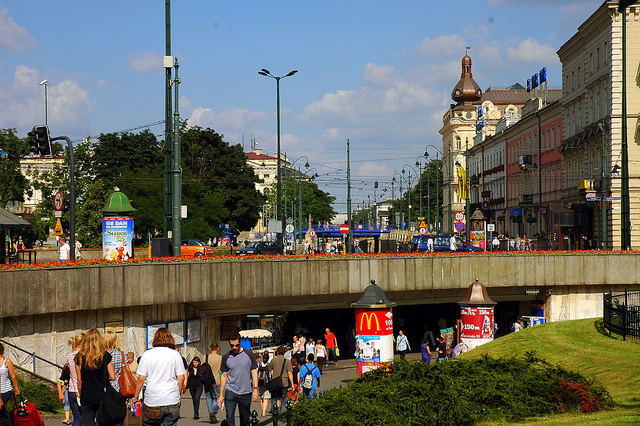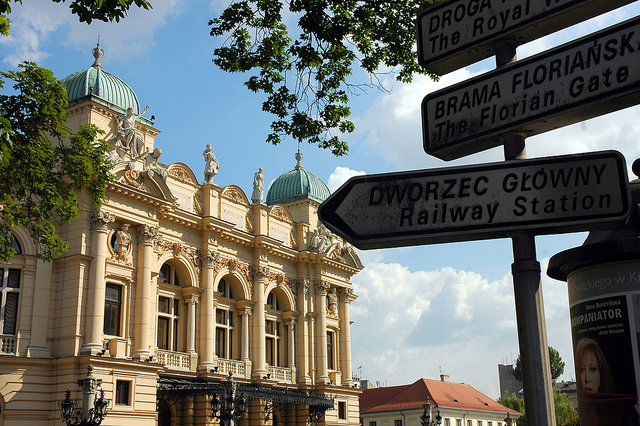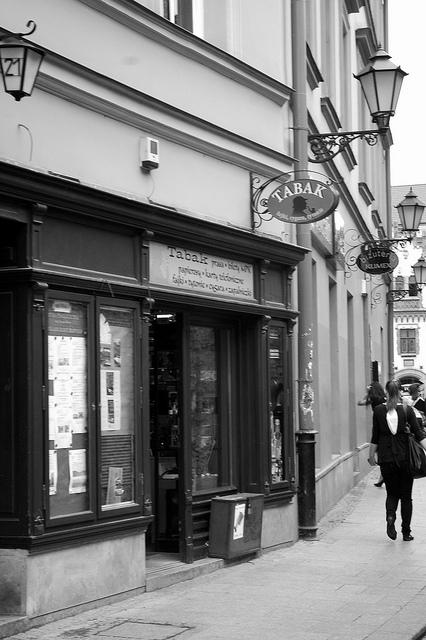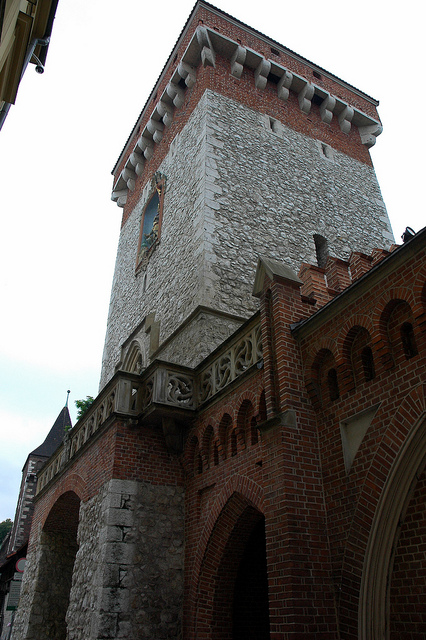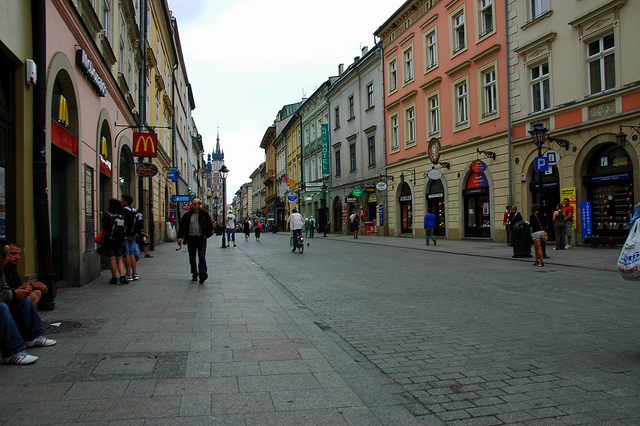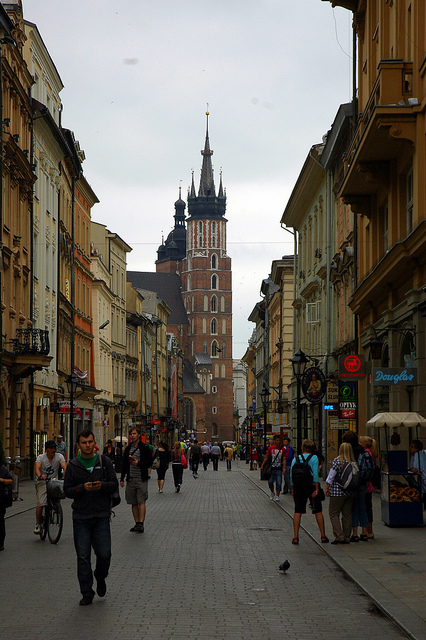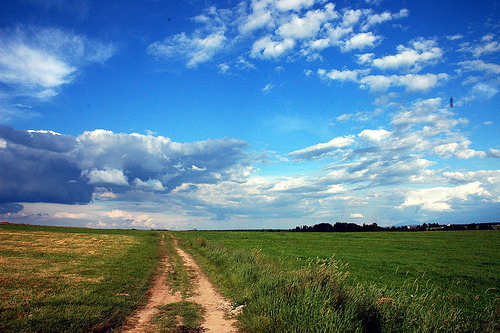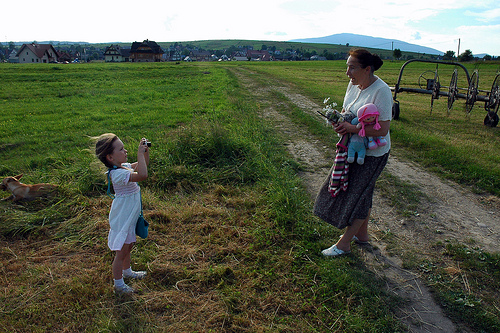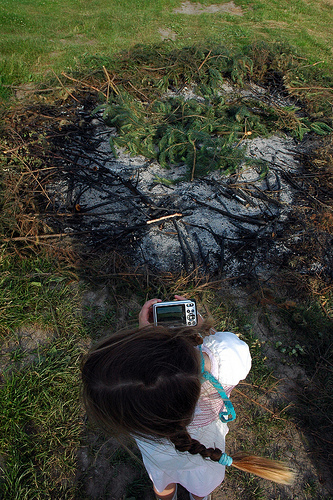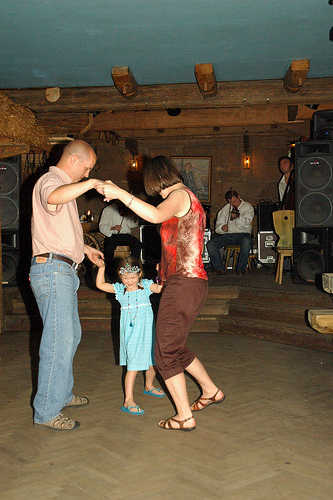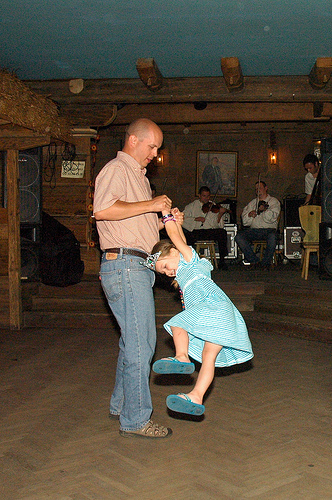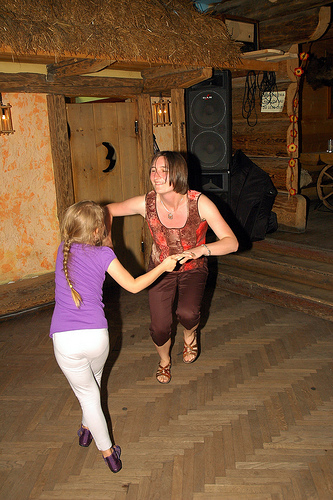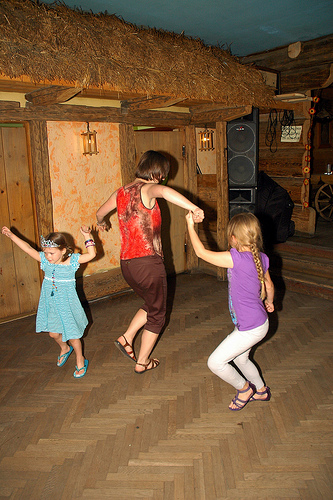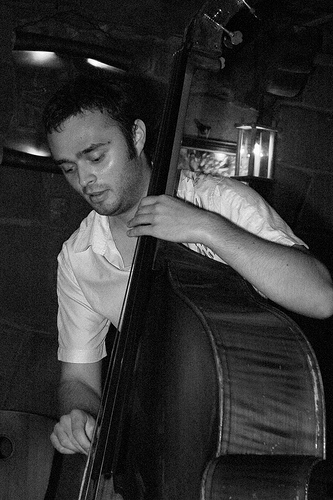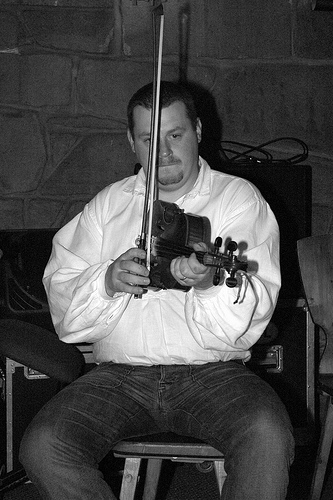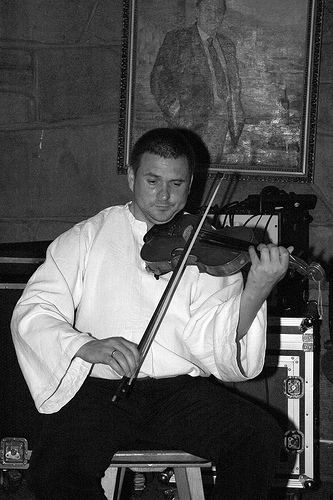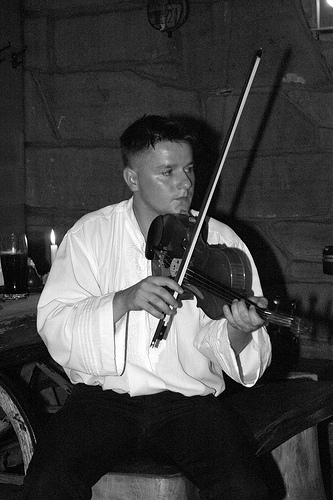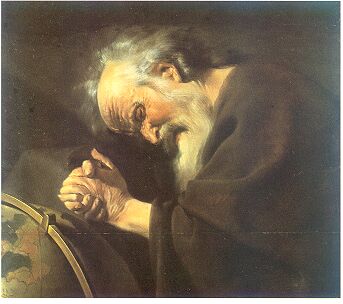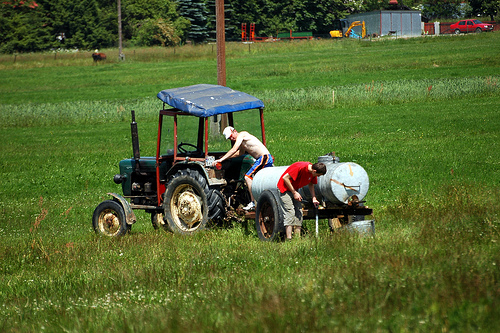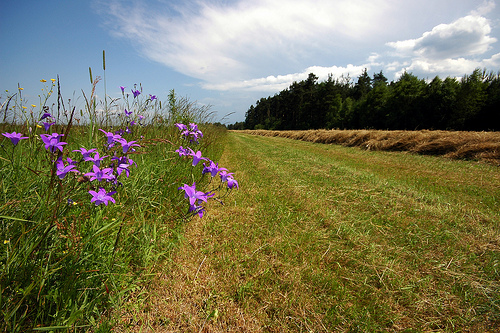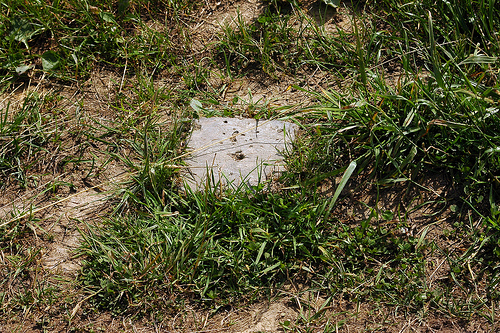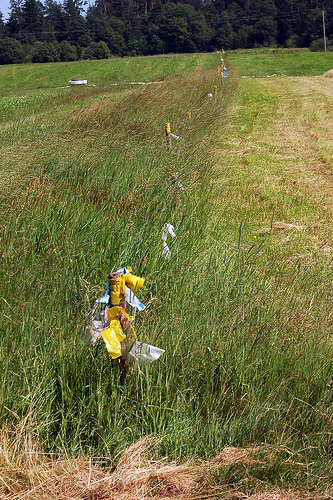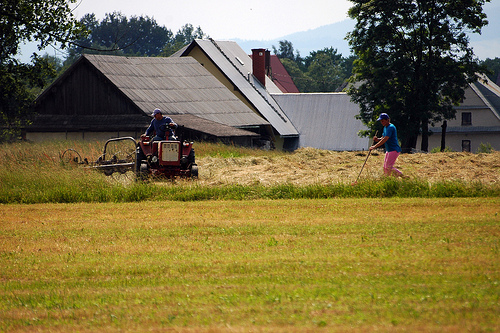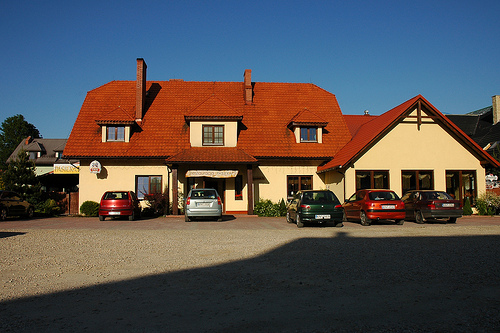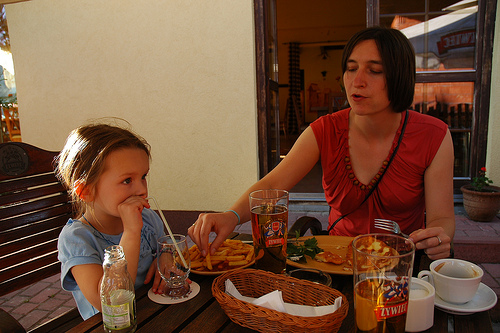“Bolą mnie nogi,” was L’s chorus. Aching legs was something to expect: after all, taking a little, semi-city girl for a walk in the mountains is no walk in the park, if one will excuse the obvious pun/cliche. Especially when she’s the kind of girl that wants to climb every obstacle she encounters.
A beautiful morning with no other plans, though, called for an introduction to the Tatra Mountains.
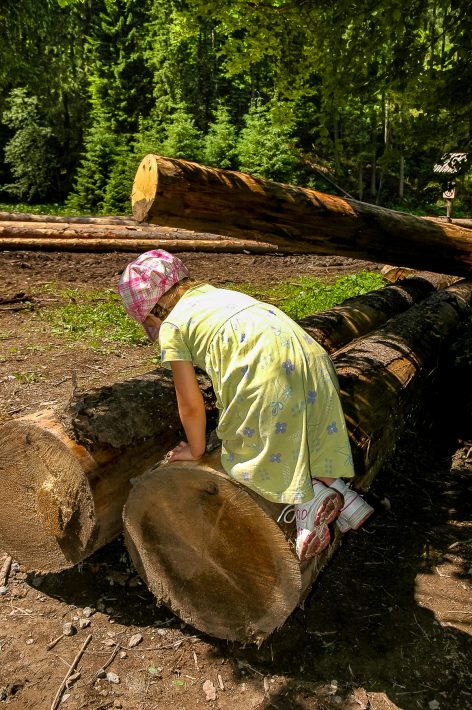
We set out with two rolls, a container of strawberries, and a bottle of apple juice. And a plan: walk as far as we can up Dolina Kościeliska (Kościeliska Valley). With a prognosis of rain only a couple of hours away, I wasn’t terribly optimistic, but even a twenty-minute walk would have been worth it.
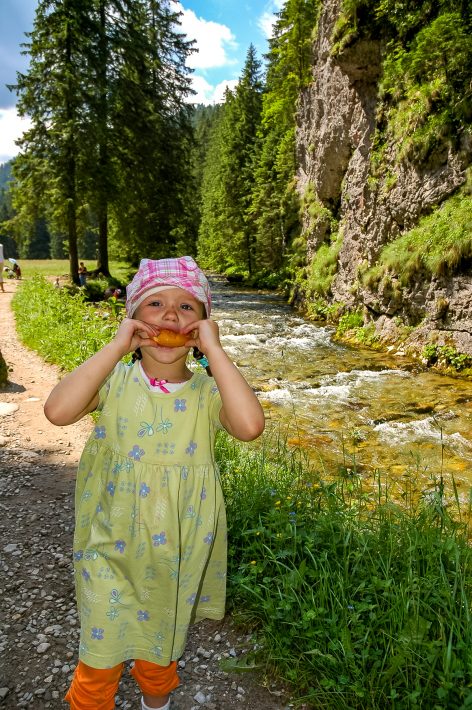
The two rolls lasted only a few minutes.
“Can I something to eat?” the Girl asked shortly after we started walking. Immediately after finishing the first roll — obviously not even pausing for pictures — she asked for a second. The strawberries lasted through the first two breaks.

Surprisingly, and proudly, the complaining about the legs didn’t happen until we’d almost reached the point at which we actually turned around: a small chapel situated between two large pines. Up to that point, it was all fun and smiles. Horse-drawn carts traveled up and down the road, and the Girl only expressed regret that we weren’t travelling in more style.
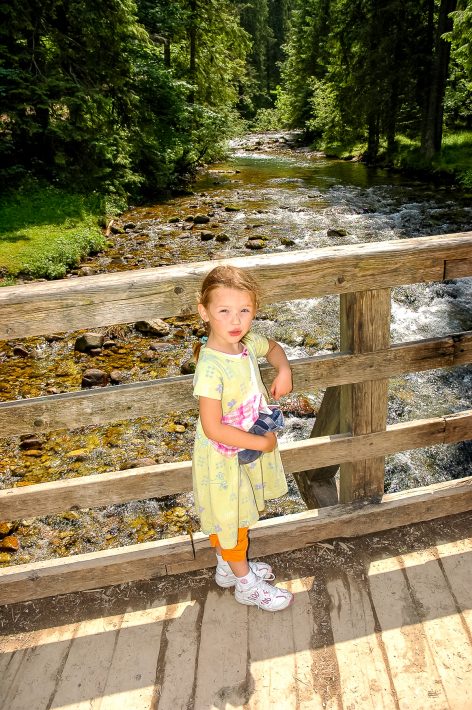
It seems to me that a three-and-a-half-year-old stomping her way up a small incline toward an unknown reward is style enough. Still, the Polish idea of recreation is different from the American idea, and the Girl wasn’t the only, or even the youngest, child heading up the valley. In fact, it was from another three-foot sojourner that the Girl got the idea of aching legs.
“Bolą mnie nogi,” a young girl said as she passed us with her father. Shortly thereafter, L declared, “Bolą mnie nogi.” Coincidence? Definitely. At the same time, certainly true, considering how far she’d already walked.
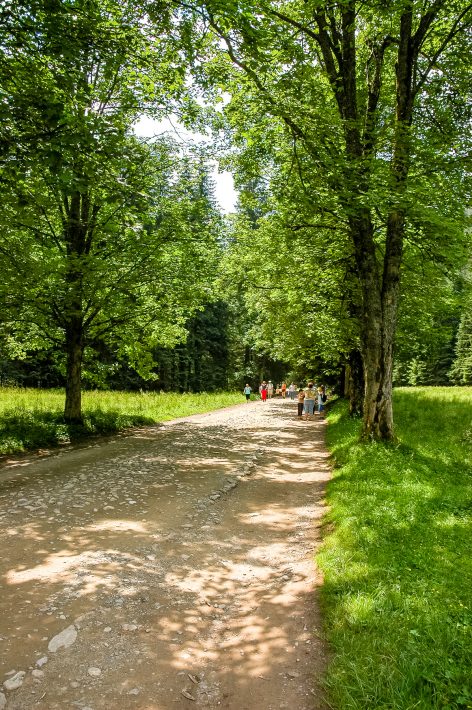
We took a break at a small chapel, and while L polished off the strawberries, I snapped a few pictures and glanced at the sky. The wall of gray that characterized the Polish sky during most of my years in the country was bearing down on us. Literally a wall: sunny, blue sky on one side, solid gray sky on the other. Behind, the sky was an ominous dark gray that strongly hinted at rain. It was two hours later than forecasted, and for that I was thankful.
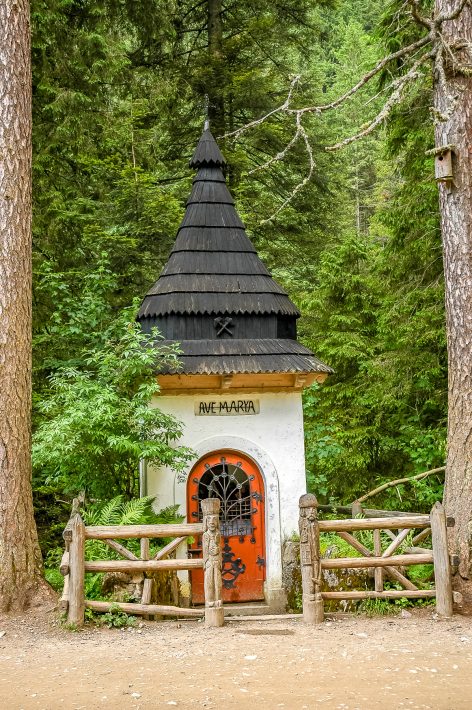
And so was the Girl.
“You want to head back now?” I asked rhetorically.
“Do babci?”
“Yes.”
She slammed down the lid to the container and declared, “Tak!”
